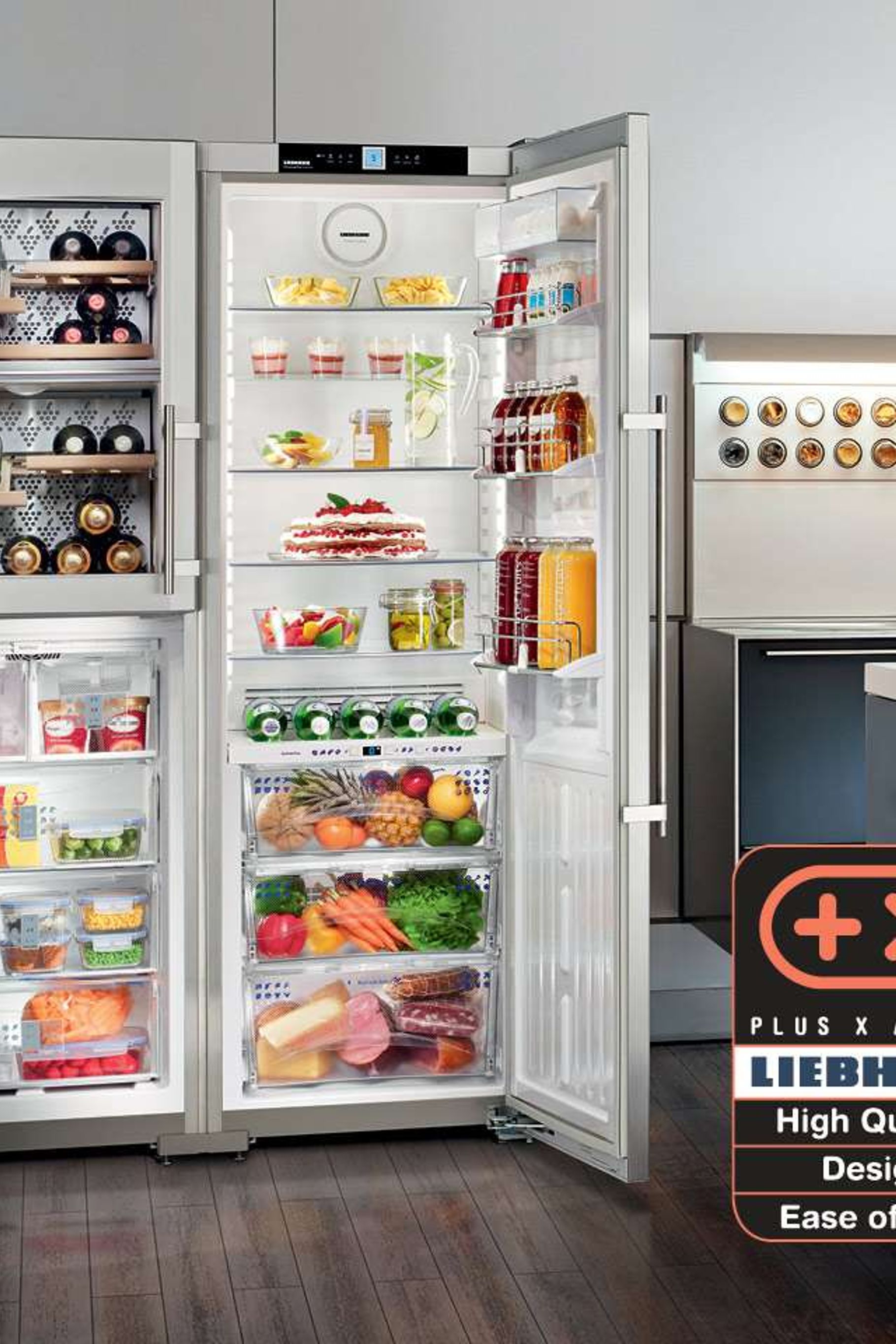Refrigerator Placement – Things To Consider In Your Kitchen


When it comes to a household kitchen, there are a few major appliances that make up a kitchen. At minimum an oven, cooktop, rangehood and refrigerator – without them it couldn’t be the food preparation zone that they were destined to be. When positioning the oven, cooktop and rangehood the decision is often fairly straight forward – the rangehood is above the cooktop, which is often above the oven or located in close proximity. But what about the refrigerator? Where is the best position and are there any other considerations when it comes to kitchen design? We’ve put our thinking caps on and come up with six points relating to design, energy efficiency and convenience when it comes to fridge placement.
1. Heat sources such as ovens, radiators and even direct sunlight can affect the energy efficiency of a refrigerator and potentially shorten its functional lifespan. When impacted by constant heat, a refrigerator will have to run more often to maintain appropriate internal temperatures. Fridges should never be placed directly next to a heat source or in locations affected by direct sunlight for long durations.

2. The fridge should always be located in close proximity to a bench with ample available space. This will allow grocery loading to be prompt, meaning the door is open for a lesser amount of time, and when gathering ingredients for food preparation one can easily grab what is required and place down promptly on the bench. The shorter the time frame the door is open, the less impact on temperature variation within the fridge or freezer.

3. If purchasing a refrigerator hinged on one side only, the door should be hinged on the side where the contents will be most easily accessible when the door is open. For example: if your fridge is located to the right of the bench then the fridge should be right hand hinged so it opens with the contents closest to the bench and into the kitchen space. If you have a left hand hinge fridge in those circumstances you would block your convenient access to the bench.

4. All refrigerators require ventilation to some degree – the type of ventilation (rear, front, built-in etc) will dictate the ventilation requirements. If a refrigerator does not have proper ventilation, the compressor runs continuously due to warm air accumulating, which will impact on the appliances lifespan. Liebherr recommend to always include a ventilation space of at least 200cm2, however greater ventilation space will result in better energy efficiency of the appliance.

5. When choosing a new refrigerator it is important to take into consideration the size of your household, eating and purchasing habits (do you buy fresh foods regularly or freeze lots of leftovers?), what type of temperature zones you require (fridge, freezer and/or BioFresh)?
Refrigerator capacity – Averages
Approximately 70-100 litres: One to two people.
Add approximately 40-50 litres per person (for three or more).
Freezer capacity – Averages
Approximately 50-80 litres per person: for minimal to average use, regularly turned over.
Approximately 130 litres per person: for large amounts frozen for longer durations.
6. Consider the ergonomics and configuration of the appliance. For example: French doors or Bottom Mounts prevent you having to bend down regularly as the fridge is above waist high. However if you use both fridge and freezer almost as equally perhaps a side by side would be beneficial as you can place the most regularly used items at the top in both sides, which again would prevent regular bending or squatting to retrieve lower placed items.

Should you have any questions regarding the Liebherr range of refrigerators contact one of our helpful team members on 1800 685 899 or visit our website for a full list of appliances.
POSTED ON 03/12/2019
BY: RACHAEL TEEUW
LIEBHERR
https://archipro.com.au/articles/misc/refrigerator-placement-things-to-consider-in-your-kitchen-liebherr
